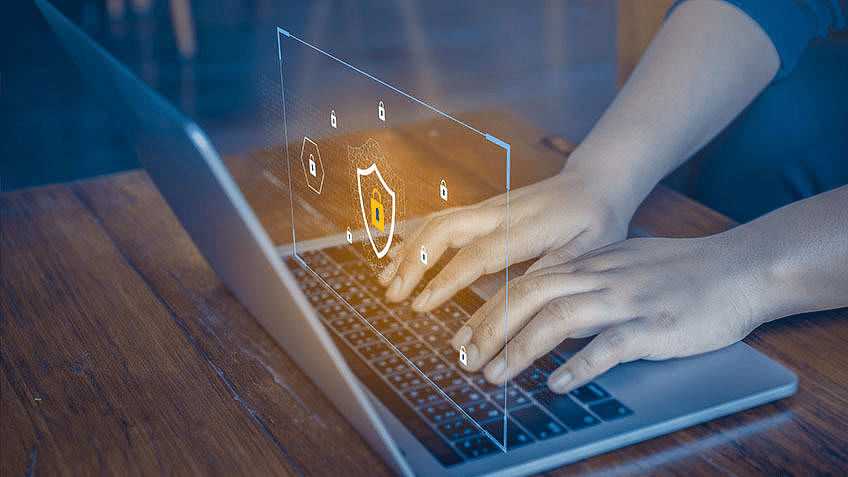Protecting against emerging cyber threats

In today's rapidly evolving digital landscape, safeguarding our networks, systems, and data against newly emerging cyber threats has become more critical than ever. The sophistication and frequency of these attacks are on the rise, making proactive defense mechanisms essential to ensure privacy, integrity, and availability of information.
This blog post delves into effective strategies to counter these dangers, with a particular focus on 'Protecting' as a cornerstone for implementing robust cybersecurity measures.
Understanding the Threat Landscape
Before we can effectively shield our digital assets, it's crucial to understand the nature and origin of potential cyber threats. These threats can range from malware and ransomware to phishing and advanced persistent threats (APTs), each requiring a unique approach to mitigation.
The first step in 'Protecting' our networks is staying informed about the latest threat vectors and understanding how they can infiltrate our systems. Continuous education and awareness are key components of a comprehensive cybersecurity strategy.
Implementing strong network monitoring and anomaly detection tools can help identify suspicious activities early, before they can cause significant damage.
Engagement in cybersecurity communities and forums can also provide valuable insights into emerging threats and prevention techniques.
Strengthening Defenses with Technology
Advancements in technology have given rise to a plethora of tools and solutions designed to bolster our defenses against cyber threats. From next-generation firewalls and endpoint protection platforms to intrusion detection and prevention systems, the arsenal available to cybersecurity professionals is more powerful than ever.
Utilizing encryption for data at rest and in transit ensures that even if data is intercepted, it remains unreadable to unauthorized users.
Regularly updating and patching software and systems can close vulnerabilities that could be exploited by attackers.
Best Practices for Individuals and Organizations
'Protecting' against cyber threats is not solely the responsibility of IT departments or security professionals; it requires the participation of all individuals within an organization. Adopting strong password policies and enabling multi-factor authentication (MFA) can significantly reduce the risk of unauthorized access.
Conducting regular security training and simulations can help employees recognize and respond to phishing attempts and other social engineering attacks.
Backup and disaster recovery plans should be in place and tested regularly to ensure business continuity in the event of a security breach.
Collaboration and information sharing between departments can also strengthen an organization’s overall security posture.
Cyber Hygiene and Response Planning
Establishing routine cyber hygiene practices like regular system scans, revoking unused credentials, and managing access controls keeps systems tidy and reduces vulnerabilities.
Having a well-drafted incident response plan ready allows organizations to respond swiftly and effectively to breaches, minimizing potential damage.
Engaging with external cybersecurity experts for audits and consultations can provide fresh perspectives and insights into enhancing security measures.
Investment in cybersecurity insurance offers an additional layer of protection, providing financial coverage in the aftermath of a cyber incident.
Looking Ahead: AI and Machine Learning in Cybersecurity
Artificial Intelligence (AI) and Machine Learning (ML) are set to revolutionize cybersecurity practices. By automating the detection of anomalies and potential threats, these technologies can offer faster and more accurate protection measures.
AI-powered security systems can predict and neutralize threats before they impact the organization, moving from a reactive to a proactive stance in cybersecurity.
However, as with any technology, AI and ML systems must be implemented responsibly, with considerations for privacy and ethical use at the forefront.
Global Collaboration: A Key to Success
In the fight against cyber threats, international cooperation and collaboration play pivotal roles. Sharing threat intelligence and best practices across borders can enhance collective cybersecurity resilience.
Participation in global cybersecurity alliances and adhering to internationally recognized standards and frameworks can further bolster defenses.
Conclusion
'Protecting' against emerging cyber threats requires a multifaceted approach, leveraging both technical solutions and human vigilance. It's about creating a culture of cybersecurity awareness, where everyone participates in safeguarding the digital realm. By staying informed, adopting best practices, and embracing innovation, we can fortify our defenses and navigate the digital future with confidence.
In conclusion, as we look towards a digital future filled with both opportunities and challenges, 'Protecting' against cyber threats remains a paramount concern. By implementing robust security measures, fostering a culture of awareness, and collaborating globally, we can aspire to a safer cyber landscape for all.

Related